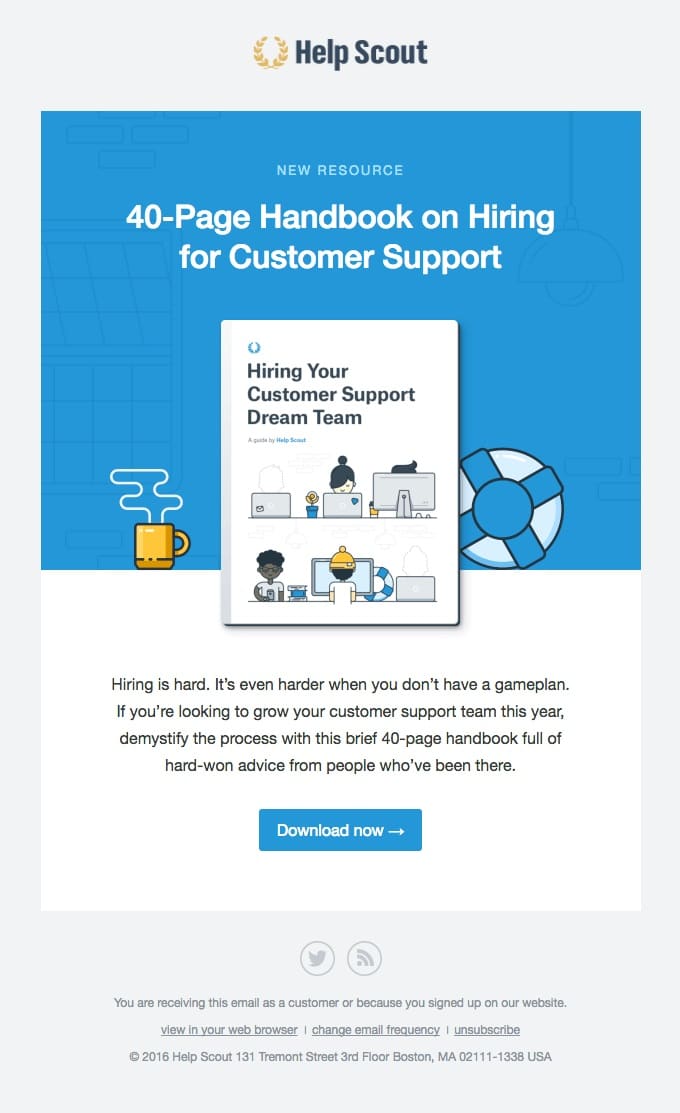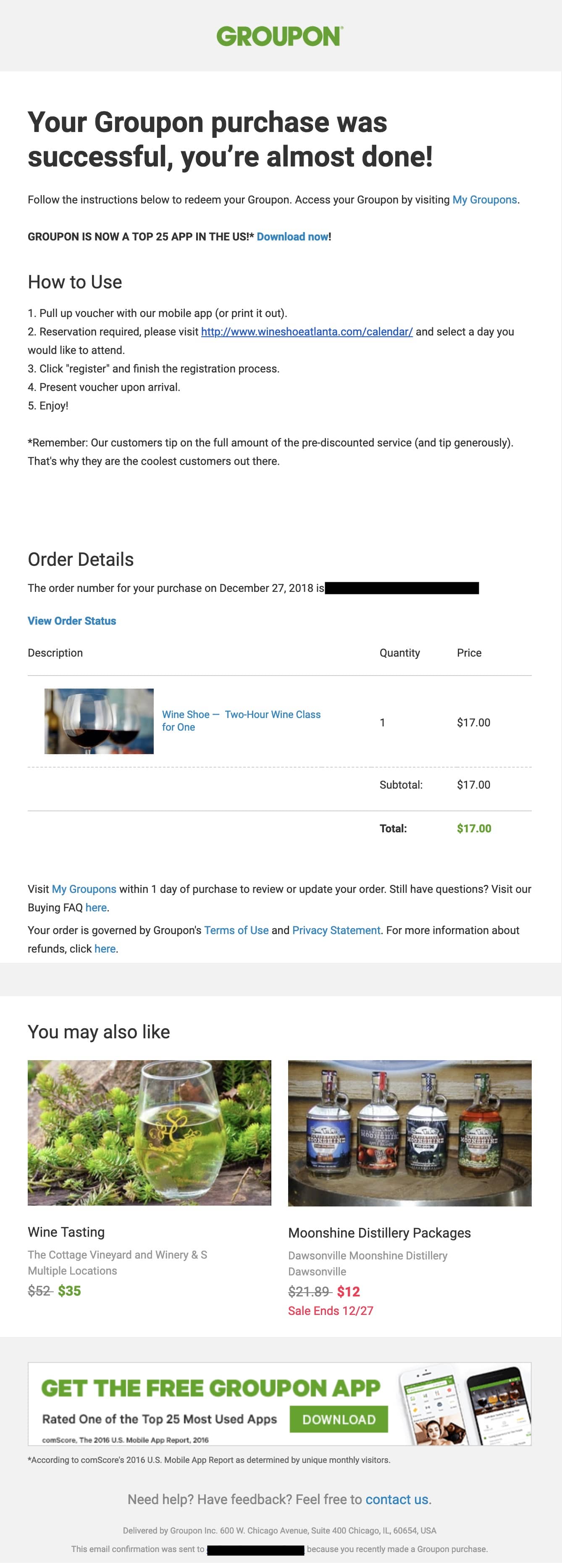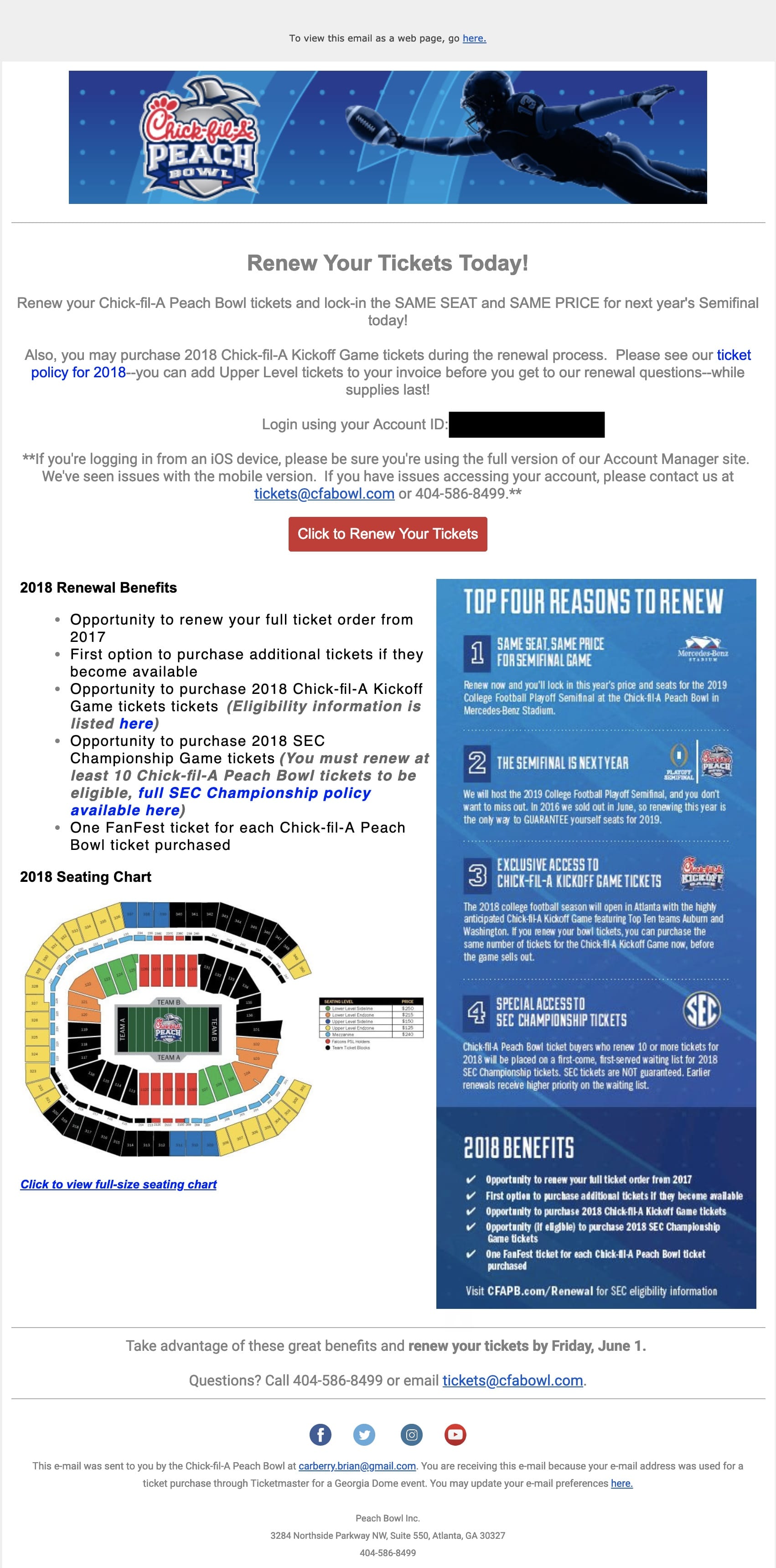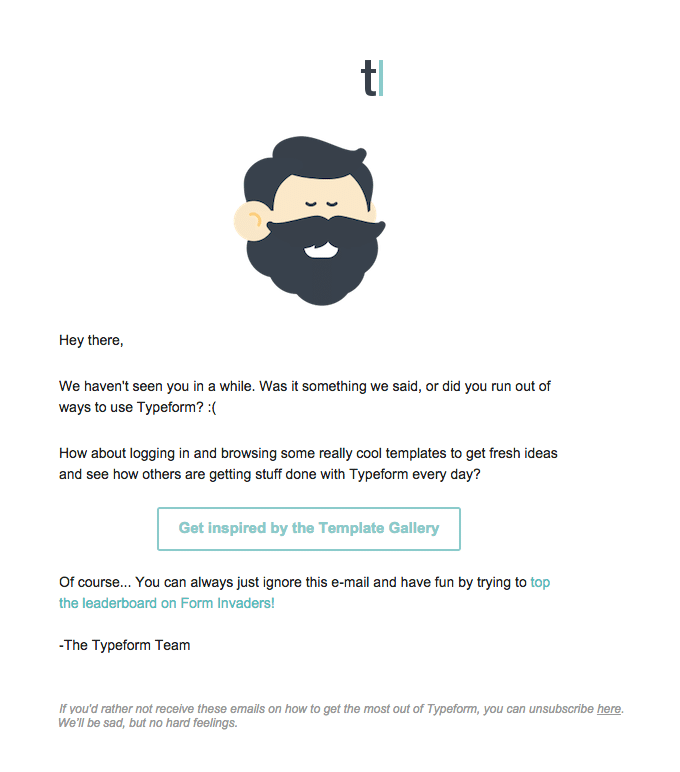7 Email examples for your marketing automation tune-up
Think of marketing automation like using a slow cooker to prepare your dinner.
You put in the effort up front by adding all of the ingredients to make your meal. Then you turn it on, and your work is mostly done. You may make some changes here and there, but for the most part, you let the process run and wait. Then you’ve got a delicious dinner for less overall time and effort than it would take you to make something step-by-step from scratch.
Email automation is similar. Marketers will spend less manual time on their projects and still deliver incredible results. More than 90% of marketers say automation is very important for their campaign success. However, there are still many brands not using this valuable tool.
We’re here to share why you should be using marketing automation, as well as provide a few email examples that show how automation can lead to compelling and engaging content for your customers.
Marketing automation makes it possible to scale your email marketing efforts without adding more resources or time. You’re able to take repetitive tasks and build workflows to do these tasks automatically for you, based on certain factors that you’ll decide. If you have a large contact list, you’ll never be able to successfully maintain relevant and timely communication if you’re doing it all manually.
In addition to making your processes easier, marketing automation can help generate new leads and increase revenue. Automated emails receive 119% higher click rates compared to normal marketing emails. This higher click rate is because you’re able to deliver the right content at the right time automatically.
Strategies to build successful marketing automation campaigns
Marketing automation and drip campaigns only work if you take the time to build and optimize for success. You can’t simply turn them on and expect results. These campaigns take careful planning and research to determine the best way to run your automation.
Make sure you consider these basic strategies to prepare for your marketing automation campaigns:
-
Define your goals: Just like everything else you do in marketing, you need a way to determine your success. With most email campaigns, this will be open and click-through rates and revenue.
-
Build customer journeys: Once you define your success metrics, you need to build customer journeys for each of your automated drip campaigns. This is where you’ll determine the exact touchpoints where you’ll email someone, as well as what happens next depending on what actions your customers take.
Segment your contacts: Marketing automation and customer journeys help you send the right messages at the right time, but you also need to make sure you’re sending to the right people. If you segment your contacts into audience types, based on any variety of factors and data points that you determine, you can increase your revenue by up to 760%.
Killer email automation examples for inspiration
There are many different ways you can use marketing automation to create relevant and engaging email campaigns. And you can run these campaigns simultaneously to different segments of your audience.
If you’re looking for some inspiration to take your marketing automation game to the next level, check out these seven brands that get it right with their email automation.
1. Welcome email
Welcome emails are a prime example of how marketing automation can lead to a successful campaign. When a new subscriber signs up to join your contact list, your workflow should begin immediately. These emails are so valuable because customers who receive them have 33% more long-term brand engagement.
Take a look at this welcome email from United Airlines:

Source: United Airlines
This is a great example because it includes a paragraph explaining what you’re joining and provides a CTA link to learn more. In addition, it gives the subscriber the option to follow United on social media and has subtle promotional calls to action underneath. All of these options increase the chances of engagement.
2. Promotional Emails
Marketing automation and drip campaigns make it easy to send promotional emails to your engaged audiences. This tactic works well because 77% of consumers prefer to receive promotional messages in email than other mediums.

Source: Best Buy
You can time your promotional emails for a specific event, like the Best Buy sale in the example above, or you can set up a weekly, newsletter-style email that highlights your latest deals and discounts.
3. Lead nurturing email
Between the time when a lead joins your email list and they convert into a customer, there are great opportunities to use marketing automation to keep them engaged. This sales cycle can be a few days or months. You don’t want to bombard these leads with promotional material, so you need to mix in lead nurturing content along the way.

Source: Really Good Emails
This email from Help Scout is a perfect example of a way to provide relevant content to leads. Downloadable content, webinars, and educational blogs will help you build trust and authority with your audience. If one of your leads engages with one of your free offers, you can set up your marketing automation strategy to move them further down the funnel and closer to becoming a qualified lead.
4. Thank you email
Once a customer purchases your brand, you should send an automated thank you email. This email serves as both a confirmation of purchase and a way to show your customers that you appreciate their business.
Take a look at how Groupon handles its thank you emails:

Source: Groupon
5. Loyalty email
It costs more money to attract a new customer to your brand than to keep an old one. Rewarding your existing customers with a loyalty or rewards program can keep your most engaged contacts happy and encourage them to spend more money.
Good loyalty emails will use marketing automation to announce when there are exclusive deals, members-only events, or reveal when a customer is eligible for a reward.
Look at this effective loyalty email from Starbucks:

Source: Starbucks
You don’t have to offer loyalty programs to your most valuable customers only. If you allow new leads to join a loyalty program for special deals and offers, it increases the chance they will be more engaged and allows you to add them to another customer journey.
6. Renewal email
Marketing automation can be a helpful tool to remind your customers that a free trial or membership is about to expire. You can use drip campaigns to send those contacts information about the benefits they’ll lose and remind them of their expiration date. If they don’t take action, send them another email the day before with a final reminder, like this example from the Chick-fil-A Peach Bowl:

Source: Chick-fil-A Peach Bowl
A study by MarketingSherpa found that only 24% of marketers actively use renewal emails as part of their email automation strategy.
7. Re-engagement email
It’s natural that some of your contacts will slowly fade away. Rather than continuing to email these inactive people, you can use marketing automation to run a re-engagement campaign.
The goal is here is to get your contacts to respond to your emails indicating that they would like to still receive emails from you. You can often phrase your subject line and email copy in clever ways to try to get a response, like this email from Typeform:

Source: Really Good Emails
This email is a good example because it gives readers an opportunity to re-engage, but also gives them a more pronounced unsubscribe option than a normal email. You should use marketing automation to run a campaign like this that sends several emails to people who do not engage asking them to change their preferences or come back. If it doesn’t work, send them a final email saying you’re going to remove them from your contact list, but that they’re welcome back at any time.
This strategy might cause you to lose contacts—only about 45% of recipients will read the email anyway. That’s not necessarily a bad thing though because it will improve your list quality.
Wrap up
Marketers in all brands and industries should be using email automation to engage with their customers and leads. This tool can be a major time saver and revenue booster if done correctly.
These marketing automation examples all work because they use best practices to reach the right people with the right message at the right time. It doesn’t matter what type of drip campaign you are running. You need to make sure you:
-
Set goals
-
Define customer journeys
-
Segment your contacts
MOST RECENT ARTICLES
Want to engage your audience and grow your brand? Try Emma's robust easy-to-use product today.













